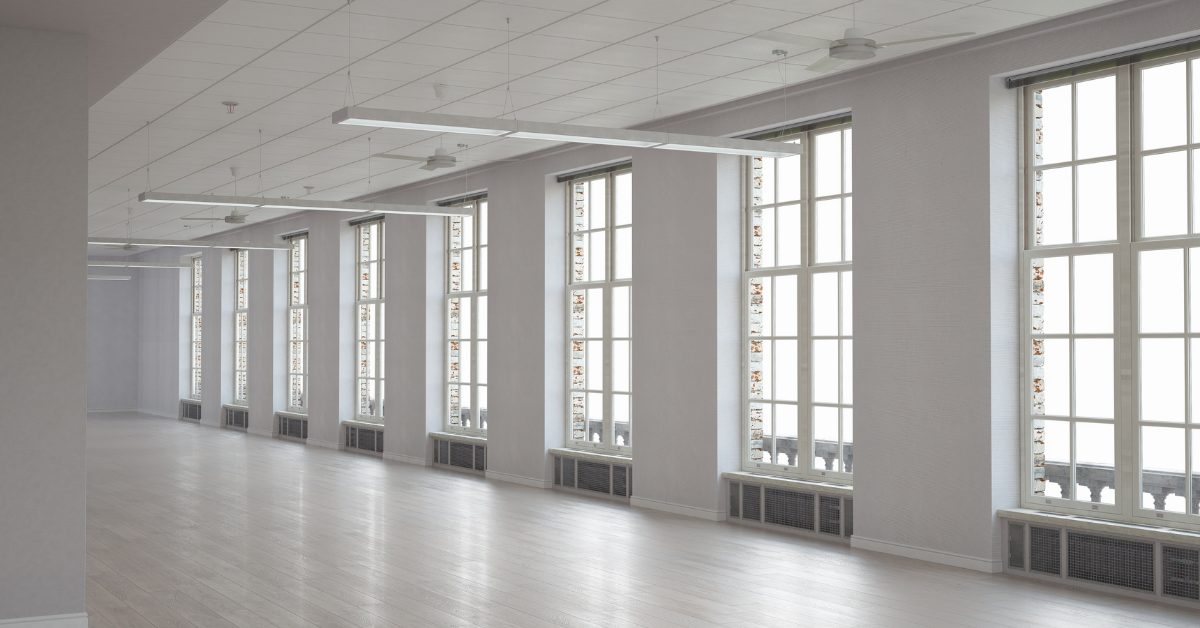
Rental owners have a responsibility to their future selves to set first year rent, or base year, correctly. But why is base year important? Well, base year isn’t just a figure—base year sets the precedent for future years.
This considered, the figure set in your base year is important in any commercial lease negotiation. So, what is base year? Let’s discuss.
What is Base Year?
‘Base year’ is the first calendar year of a tenant’s commercial rental period. It is especially important as all future rent payments are calculated using base year.
It’s additionally important to note that base year is crafted to favor landlords. It is intended to protect landlords from steep annual increases in operating expenses.
Different Lease Types and Base Year Rent
Although base year is simple enough to understand, the figure is calculated differently based on lease type. For those who are interested in learning more about the different types of leases and their obligations in-depth, read on here.
Below we will review base year in regards to both a full-service lease and a modified gross lease.
Full-Service Lease
What is a full-service lease? In a full-service gross lease, a tenant pays a base rate. All operating expenses, including property taxes, property insurance, utilities, and common area maintenance, are paid for by the landlord—hence the name, full-service lease.
The landlord uses the tenant’s base rate rental payment, or ‘base year’, to pay for operating expenses for the first year.
Full-service gross leases are most often seen in multi-tenant office buildings; buildings where tenant utility usages are proportionate to their occupancy.
Modified Gross Lease
Next, we have the modified gross lease. This lease type is a blend between a gross lease and a net lease. Essentially, it’s a full-service gross lease with minor exceptions.
A modified gross lease might suit tenants who have a higher risk. For example, tenants with excessive electrical power requirements might use a modified gross lease as some landlords might find this circumstance overly burdensome on a full-service gross lease.
For both the full-service lease and modified gross lease, however, beginning the second year of the lease, tenants are likely to pay a pro-rata (proportionate) share of the building’s operating expenses.
How Much Does Base Year Cost Me?
So, the important question: How much is this pro-rata share? How much can it increase over the years? Are there any caps in place?
First things first, base rent depends on the percentage of the building that a tenant occupies in their commercial lease.
According to SquareFoot, “whatever operating expenses were incurred during that first year becomes the annual cap on the landlord’s contribution to operating expenses going forward.”
For example: “Imagine that your business occupies 10% of a property. If during the second year, the building incurs an operating expense increase of $100,000, you have to pay your pro-rata share of $100,000. Because you rent 10% of the property, you now owe $10,000.”
For most businesses, this isn’t a small expense—which is all the more reason to pay attention to base year when first setting a lease as well as preparing in advance for potential hikes in operating expenses, which one can do by analyzing data trends.
Understanding Base Year in Terms of Variable Expenses
First off, what are variable expenses? Variable expenses are defined as expenses that “change based on property occupancy”. Examples of variable expenses might include the costs of:
- Trash removal
- Management fees
- Utilities
- Janitorial services
These costs, as mentioned above, are subject to change as more tenants move into the building.
But don’t fret—just because more people are moving in doesn’t necessarily mean the tenant will have to foot the bill for these variable expenses.
Introducing the ‘Gross-Up Clause’
According to the Law Offices of Mark Weinstein, “many commercial leases contain a ‘gross-up’ provision to amplify the property’s operating expenses to the amount of operating expenses that would be incurred if the building was fully occupied.”
This way, a tenant’s exposure to increased variable expenses is limited.
For example, let’s say tenant John Doe was to move into XYZ building. When Mr. Doe moves in, the building is half full and the base year utility expenses sit at $100,000.
Later down the line, however, the building begins to fill and variable expenses increase. By requesting a gross-up clause within his lease, Mr. Doe could ensure his expenses stay at $100,000.
Don’t Overlook Base Year
Those who fail to understand the importance of base year may be vulnerable to financial loss. As a reminder, base year can be renegotiated if and when a tenant decides to renew their lease. For those who are interested in tips on how to renegotiate your lease, read on here.
